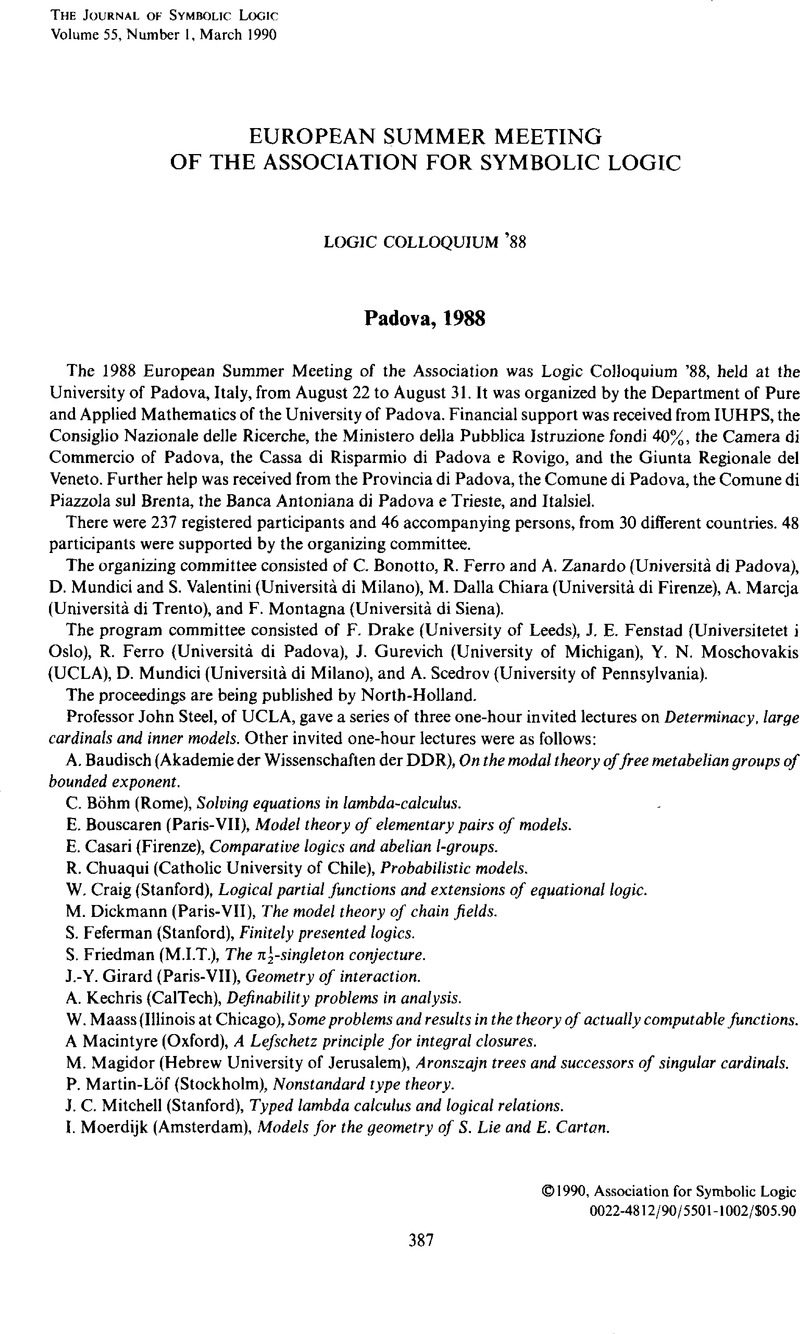Kamp, J. A. W.,
On tense logic and the theory of order, Ph.D. dissertation, UCLA (as cited in
Martin, R. and
Nef, F.:
Temps linguistique et temps logique, Langages 64,
1981, pp.
7–
20; and in Chapters II.1. and II.2 of D. Gabbay and F. Guenthner (editors),
Handbook of philosophical logic, Reidel, Dordrecht, 1984).
CrossRefGoogle Scholar 